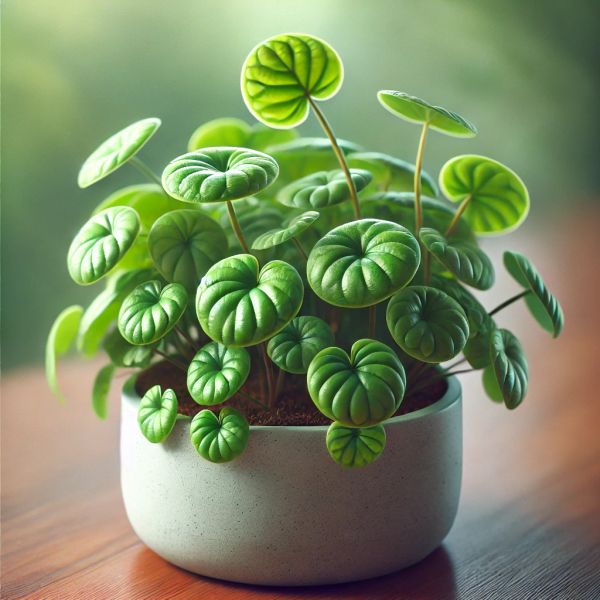Curling or Deformed Leaves: Causes & Solutions
Are your plant's leaves curling, twisting, or growing in unusual shapes? Learn what causes leaf distortion and how to fix it.
Leaves should grow smooth and symmetrical, but various environmental and biological factors can cause curling, twisting, or abnormal growth. Identifying the cause is key to restoring healthy foliage.

Disclosure: This content includes affiliate links, which means we may earn a commission if you click on a link and make a purchase. As an Amazon Associate, we earn from qualifying purchases. This comes at no extra cost to you and helps offset the cost of running Leafwise. Please read our disclaimer for more info.
Common Causes of Leaf Curling and Deformation
1. Pest Infestations (Aphids, Thrips, Spider Mites)
Many sap-sucking insects distort leaf growth by feeding on plant juices and injecting toxins.
- Symptoms: Leaves curling inward or twisting, sticky residue (honeydew), fine webbing (spider mites).
- How to Diagnose: Check the undersides of leaves for tiny pests, webbing, or black sooty mold.
-
How to Fix It:
- Rinse leaves with water to remove pests. Consider using a hose nozzle designed for gentle watering.
- Apply insecticidal soap or neem oil.
- Introduce natural predators like ladybugs for long-term control.
2. Overwatering or Root Issues
Excess water can suffocate roots, leading to poor nutrient absorption and leaf curling.
- Symptoms: Leaves curling downward, wilting despite moist soil, yellowing or brown tips.
- How to Diagnose: Check the soil—if it's constantly wet and smells musty, overwatering is the issue.
-
How to Fix It:
- Allow the soil to dry out between waterings.
- Ensure proper drainage with well-aerated soil and a pot with drainage holes.
- Trim any mushy or darkened roots when repotting.
3. Heat Stress and Low Humidity
Excessive heat or dry air can cause leaf edges to curl as plants lose moisture too quickly.
- Symptoms: Leaf edges curling upwards, crispy brown tips, drooping leaves during hot weather.
- How to Diagnose: If the plant is exposed to strong sunlight, heating vents, or dry indoor air, heat stress may be the cause.
-
How to Fix It:
- Move the plant to a cooler location with indirect light.
- Increase humidity using a pebble tray, misting, or a humidifier.
- Water more frequently in dry conditions, but avoid overwatering.
4. Nutrient Deficiencies (Calcium, Magnesium, Potassium)
Lack of certain nutrients can cause misshapen or curled leaves.
- Symptoms: New leaves growing deformed, older leaves showing yellowing or browning.
- How to Diagnose: If curling is accompanied by yellowing between veins (magnesium deficiency) or dead leaf edges (potassium deficiency), a nutrient imbalance is likely.
-
How to Fix It:
- Apply a balanced fertilizer that includes micronutrients.
- Check the soil pH to ensure nutrient availability.
5. Viral Infections (Leaf Curl Virus, Mosaic Virus)
Some viruses distort leaf growth and cause color changes.
- Symptoms: Leaves curling, yellowing, or developing unusual patterns.
- How to Diagnose: If multiple plants show symptoms and pests are present, a virus may be the cause.
-
How to Fix It:
- Remove and destroy infected plants to prevent spread.
- Control pests like aphids that transmit viruses.
Preventing Leaf Curling and Deformation
- Monitor for Pests: Regularly inspect leaves for aphids, thrips, and spider mites.
- Water Correctly: Keep soil moisture consistent, avoiding overwatering or underwatering.
- Control Temperature and Humidity: Protect plants from extreme heat and dry air.
- Provide Balanced Nutrients: Use a fertilizer suited to your plant's needs.
Need More Help?
If your plant's leaves are still curling or growing abnormally, try the Leafwise Plant Health Diagnosis Tool for a personalized assessment.
